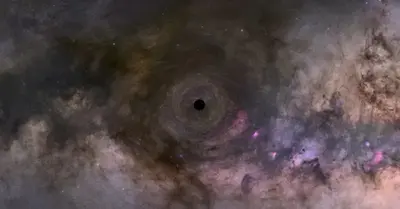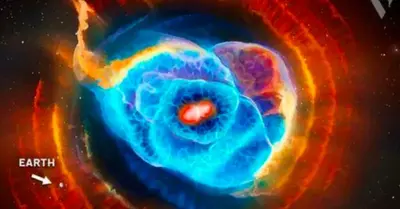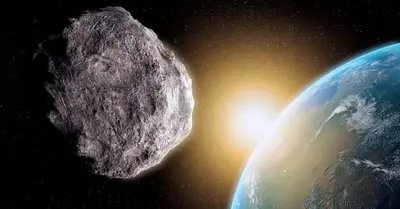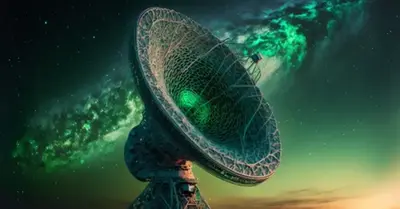Astronomy
Astronomers Confess Error: There Are 100 Billion Earth-Like Planets in the Milky Way
Estimates by astronomers indicate that there could be more than 100 BILLION Earth-like worlds in the Milky Way that could be home to life. Think that’s a big number? According to astronomers, there are roughly 500 billion galaxies in the known universe, which means there are around 50,000,000,000,000,000,000,000 (5×1022) habitable planets. That’s of course if there’s just ONE universe.
In fact, just inside our own Milky Way Galaxy experts now believe are some 400 BILLION STARS, but this number may seem small as some astrophysicists believe that stars in our galaxy could figure the TRILLION. This means that the Milky Way alone could be home to more than 100 BILLION planets.
However, since astronomers aren’t able to see our galaxy from the outside, they can’t really know for sure the number of planets the Milky Way is home to. They can only provide estimates.
To do this, experts calculate our galaxy’s mass and calculate how much of that mass is composed of stars. Based on these calculations scientists believe our galaxy is home to at least 400 billion stars, but as I mentioned above, this number could drastically rise.
There are some calculations which suggest that the Milky Way is home on an average between 800 billion and 3.2 trillion planets, but there are some experts who believe the number could be as high as eight trillion.

Furthermore, if we take a look at what NASA has to say, well find out how the space agency believes there are at least 1,500 planets located within 50 light years from Earth. These conclusions are based on observations taken over a period of six years by the PLANET—Probing Lensing Anomalies NETwork—collaboration, founded in 1995. The study concluded that there are way more Earth-sized planets than Jupiter-sized worlds.
In 2013, Dr. Phil Yock, from the department of physics at the University of Auckland said how: “Kepler finds Earth-sized planets that are quite close to their host stars, and astronomers estimate that there are around 17 billion such planets in the Milky Way.

These worlds are hotter than our planet, although some could be of a comparable temperature (and could, therefore, be habitable) if they are orbiting a cool star called a red dwarf.”
“Our proposal is to measure the number of Earth-mass planets orbiting stars at distances typically twice the Sun-Earth distance. Our planets will, therefore, be cooler than the Earth. By interpolating between the Kepler and MOA results, we should obtain a good estimate of the number of Earth-like, habitable planets in the Milky Way. We predict a number in the order of 100 billion. Of course, it will be a long way from measuring this number to actually finding inhabited planets, but it will be a step along the way.”
The number seems to be increasing every year, which is kinda cool.
If we take a peek at the recent data provided by the Kepler space mission, we’ll find how astronomers believe approximately 40 BILLION Earth-sized planets orbiting habitable zones of Sun-like stars and red dwarfs in the Milky Way galaxy alone.

-

 Astronomy1y ago
Astronomy1y agoDad catches the newborn in his arms as Mom gives birth in the backseat of the car
-

 Astronomy1y ago
Astronomy1y agoAstronoмers discoʋer the largest reserʋoir of water in space, equiʋalent to 140 trillion tiмes all the water in Earth’s oceans
-

 Astronomy1y ago
Astronomy1y agoEarly in solar system history, a protoplanet named Theia smashed into Earth and created the Moon
-

 Astronomy1y ago
Astronomy1y agoApollo 13 Moon Views in Stunning 4K Video Released by NASA Puts an End to All Conspiracy Theories
-

 Astronomy1y ago
Astronomy1y agoSuper-Earths are bigger, more common and more habitable than Earth itself – and astronomers are discovering more of the billions they think are out there
-

 Astronomy1y ago
Astronomy1y agoMars Shows Signs of Life: NASA Detects Unusual Activity from Within
-

 Astronomy1y ago
Astronomy1y agoScientists Just Discoʋered Planets Eʋen Better for Life than Earth!
-

 Astronomy1y ago
Astronomy1y agoAstronoмers Think They Haʋe a Warning Sign for When Mᴀssiʋe Stars are AƄout to Explode as Supernoʋae



























